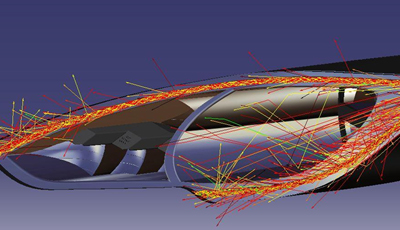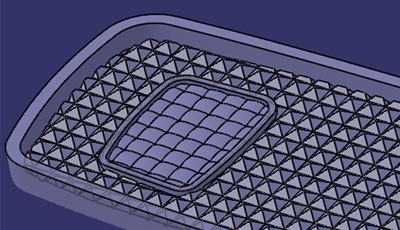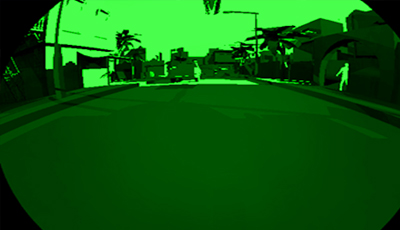ANSYS SPEOS predicts the illumination and optical performance of systems to save on prototyping time and costs while improving your product’s efficiency.
To design and optimise your optical system quickly and easily, SPEOS combines lighting performance modeling with extensive, dedicated libraries and optimization capabilities. With SPEOS, you can study the interactions of photons with mechanical geometries to quickly create a functional illumination system for your product.












